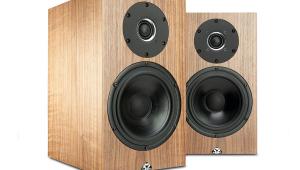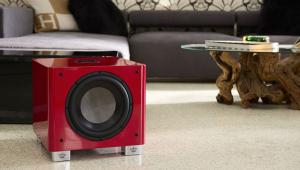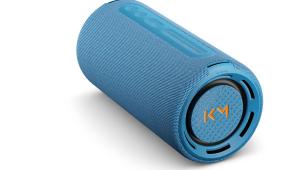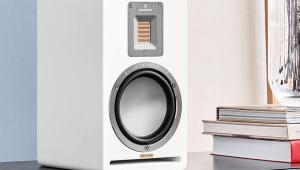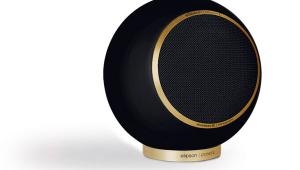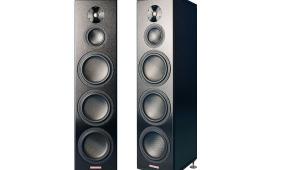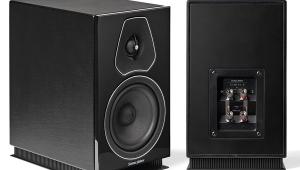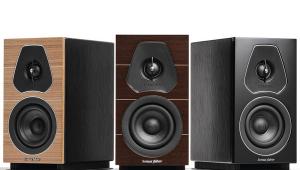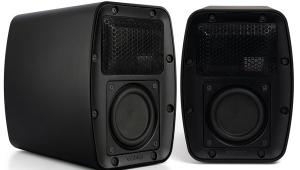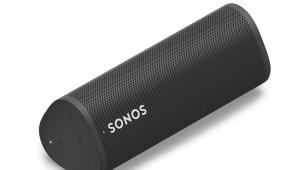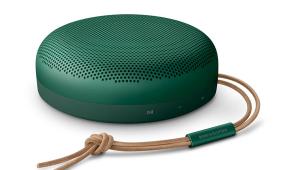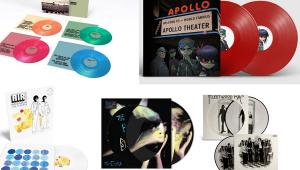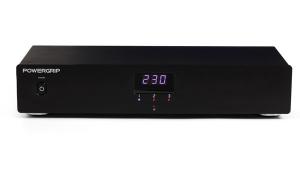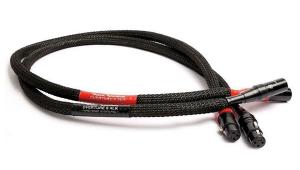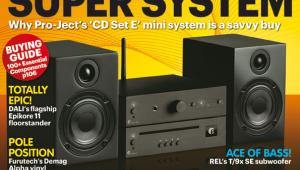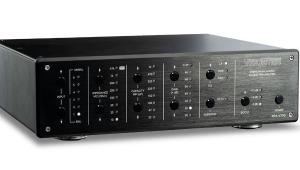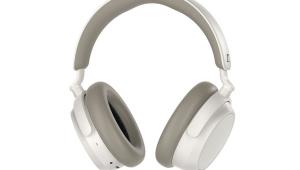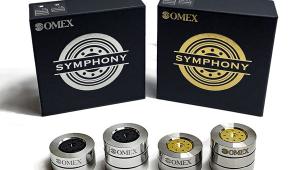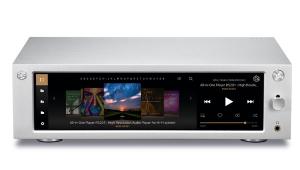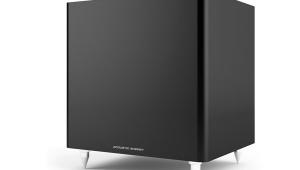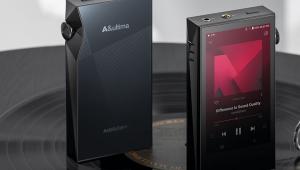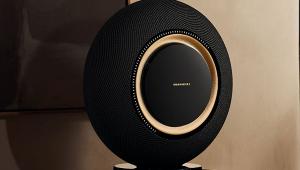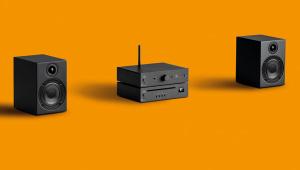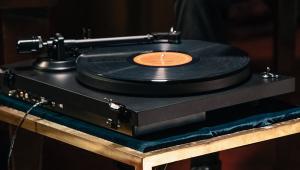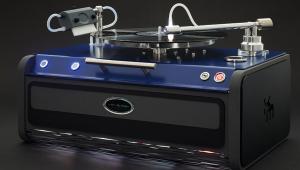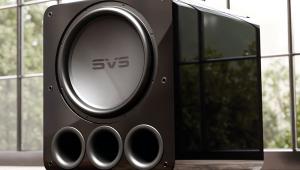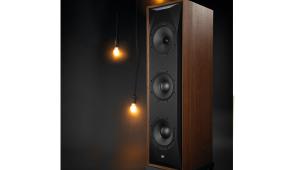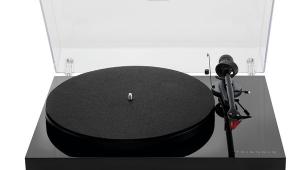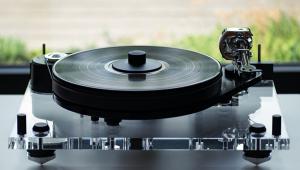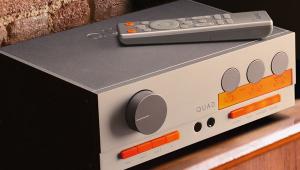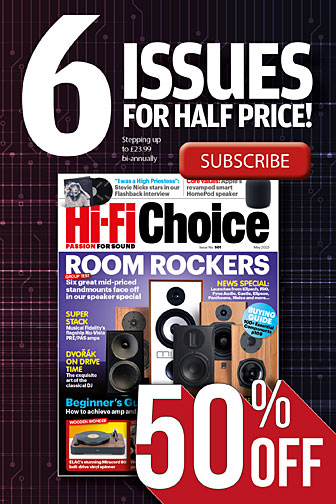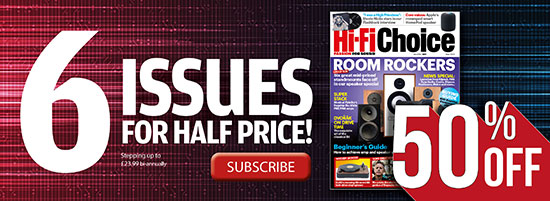Triangle Capella
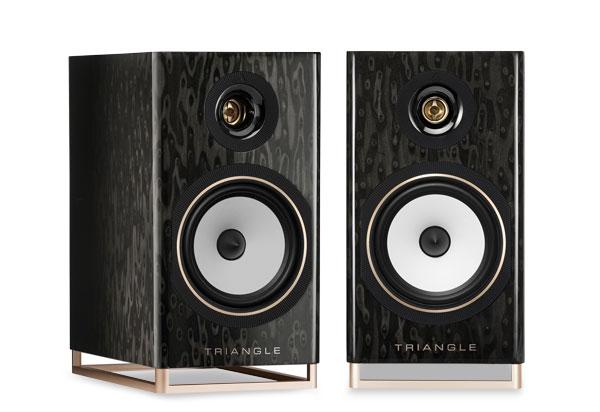
 After decades of being a technically respected but somewhat niche solution, active speakers are suddenly becoming very big business. By combining them with streaming and a decent smattering of inputs, speaker manufacturers have spotted a way to use existing engineering and make sales at the expense of electronics manufacturers. And when times are tight, all is fair in love and war.
After decades of being a technically respected but somewhat niche solution, active speakers are suddenly becoming very big business. By combining them with streaming and a decent smattering of inputs, speaker manufacturers have spotted a way to use existing engineering and make sales at the expense of electronics manufacturers. And when times are tight, all is fair in love and war.
Triangle has been dabbling in this field with powered versions of its Borea range of speakers, and very good they are too. For the move upmarket, though, the company has changed to a true active platform where the crossover is line-level and in front of the amplification. The Capella takes parts from the Esprit range of passive speakers, but is not a straight conversion of any specific model from that range and should be seen very much as a standalone.
The speaker itself is a two-way standmount that makes use of a 160mm cellulose driver that is also used in the Borea models, but partners it with a 25mm example of Triangle’s trademark magnesium, horn-loaded tweeter. This combines high sensitivity and good dispersion characteristics and, in this application where it is pre partnered with amplification, should avoid tipping over into brightness – which has been an issue in the past.
The amplification in this case is one 50W Class D amp per driver, which is lower than some rivals but hardly leaves the Capella underpowered. Each speaker has a figure-of-eight mains socket and a usefully long cable is supplied for both. Interestingly, each cabinet also has an RCA input, which can be used instead of the intended wireless setup but won’t talk to the accompanying media box itself.
The box offers Chromecast and Bluetooth, supported by HDMI ARC, USB-B, coaxial, three optical and an analogue RCA plus a single 3.5mm connection. This is supported by UPnP streaming as well but, for the moment at least, there is no app or interface of its own – which puts you at the mercy of third-party options. Happily, one such app is Roon with which the Triangle is already certified and works well. Perhaps the only connection missing that would be handy is a wired subwoofer out, which means the Capella can’t currently be used in a 2.1 configuration. Communication to the speakers is via the WiSA standard, which maintains a 24-bit/96kHz bandwidth channel to each speaker. It also has an option calibration mic that can be used in conjunction with a configuration app to iron out more serious bumps in your room response, which is a useful extra feature not generally present on rivals.
Something that’s important to mention at this point is that word ‘maintains’ is absolutely appropriate in this case. Triangle pairs up each set of speakers to the media box before they leave the factory and this single act seems to have given the review sample nigh on unconditional stability. Save for a slight disagreement as to the selected volume between HDMI ARC and the remote handset and a tendency to produce some audible amplifier noise when powered on but not running (something which tends to mute fairly quickly), it doesn’t put a foot wrong. Every time it reconnects – either to be moved or to make way for something else – it reliably and consistently re-establishes a connection with no input from me.
The speakers themselves are relatively conventional but attractive standmount type. Each cabinet is lower ported and has a frame at the base to give the required clearance, which gives them a relatively large footprint. This won’t be an issue on shelves and sideboards, but does mean that the dedicated stand might be needed for freestanding use. Four finishes are available – a conventional Black or White and a rather less normal Blue or Brown option, which won’t be to everyone’s taste but do suit the cabinets quite well. The level of build and finish is very good and in keeping with the asking price. The media box is a small plastic thing that’s a little less attractive, but there’s no need to have that on display if you don’t want it.
Sound quality
With setup completed and sat on the low stands supplied with the Mission 700 standing in for the dedicated stand as it has a top plate large enough to accommodate the Triangle, the Capella impresses from the outset. The relationship between the amplification and drivers is extremely well judged. With the tweeter in particular, the Capella delivers on the dispersion and impressive immediacy it promises, but even leaning on it hard with the Qobuz stream of EBM by Editors, the top end is impressively refined and controlled.
That 50W-per-driver output is more than sufficient too. Unless you have a barn to fill, this feels effortlessly powerful and has no trouble going impressively loud. Only when you are at the point where enthusiasm has tipped over into out-and-out mechanical abuse, will the Capella start to sound a little hard and strained. The combination of on-board amp, 160mm mid/bass driver and that large lower port translates into excellent bass extension too. The vast low-end that underpins the live version of The Last Dance on Scratch Massive’s Live In Paris album is impressively deep and well defined, lending everything that the Capella does a feeling of scale and drive that helps to immerse you in the music.
No less impressive is that the wireless transmission does a good job of preserving the character of the connected equipment too. I spend some time using the Triangle with a Rega Planar 10 (HFC 477), Rega Nd7 cartridge and Cyrus Classic PHONO (HFC 520), into the RCA input, and the behavioural traits of this prodigiously talented analogue front-end survive being digitised. Listening to Jake Ferguson and Malcolm Catto’s Emotions Run Dry is still a very convincing vinyl performance that has the character and sheer tonal realism that this superb pressing does so well, there’s simply no physical connection between turntable and speakers.
What makes this so appealing is that none of the convenience areas that devices of this nature rely on to be routinely used by a household have been sacrificed in the pursuit of performance. The HDMI ARC connection proves completely reliable under test and makes the Triangle an excellent partner for TV work. That well-balanced and forgiving presentation ensures that when you just want to use Spotify because it’s quick and easy, the Capella is genuinely engaging to listen to. I would go so far as to say that this is the most balanced and forgiving speaker I’ve ever tested from the company.
Conclusion
In fact, this is right up there with the best implementation of these new active speaker systems that I have tested. What the Capella does brilliantly is tie some overlapping themes of what these systems need to do together. It’s easy to set up and wholly stable once you do. It offers a very decent spread of inputs, in fact, should a dedicated streaming app appear, it’s pretty much perfect. It then mixes this convenience with enough of the qualities that make Triangle the company it is to make the Capella feel like a wholly natural extension of the product range. This
is a very well thought out new arrival and one that is likely to win many people over to its charms. ES
DETAILS
Product: Triangle Capella
Type: Wireless active loudspeaker
FEATURES
● 100W internal amplification
● 25mm magnesium alloy dome tweeter
● 160mm natural cellulose pulp mid/bass driver
● Connections: RCA; 3x optical; coaxial; USB-B; HDMI ARC; 3.5mm jack
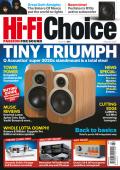 |
Inside this month's issue:
Q Acoustics 3020c standmount loudspeakers, Perlisten R10s active subwoofer, Quad 33 and 303 pre/power amps, Acoustic Solid Vintage Full Exclusive turntable, newcomer Fell Audio Fell Amp and Fell Disc and lots, lots more...
|

